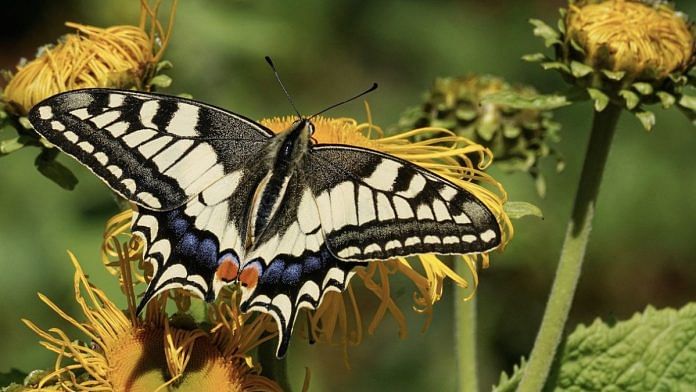New Delhi: A new research by a team of Australian scientists has found that the earliest flowers on Earth were likely pollinated by insects some 140 million years ago.
The research titled ‘Insect pollination for most of angiosperm evolutionary history’ was conducted by Ruby Stephens, a doctoral candidate at Macquarie University, in collaboration with a group of Australian scientists.
For their research, the team constructed an evolutionary tree to trace the pollination patterns of over a thousand species of flowering plants from all 434 families found on Earth.
“After running a lot of models to map backwards from the pollinator of each species in the present, to the likely pollinator of the ancestors of that species in the past, I found that the ancestor of all flowering plants was very likely insect pollinated,” Stephens said in a statement.
Around 90 per cent of the plants alive today are flowering plants (or angiosperms) and most of them pollinated by insects, Stephens added. Some others were pollinated by wind, vertebrates like birds and bats, and a few by water.
Most of the characteristics exhibited by animal-pollinated flowers, Stephens further said, such as fragrance and colour, have evolved to make these plants attractive to insects and other animals.
How plants evolved
For their research, the team of scientists compared key features of around 1,200 different species of flowering plants with their pollination data.
This pollination data was then integrated with the evolutionary tree of flowering plants, using fossil and plant DNA records, in order to identify how each plant evolved from other members of their family.
Hervé Sauquet, head of Plant Discovery and Evolution Research, Botanic Gardens, Sydney, and a senior author of the study, said, “Pollination from vertebrate animals like birds, bats, small mammals, even lizards, has evolved and reverted numerous times throughout history.”
Wind pollination, he added, has also evolved many times. “But it is harder to reverse — once plants go pollination by wind, they rarely go back.”
“Some 90 per cent of the estimated 330,000 species of angiosperm today depend on animals for pollination,” said Susanne Renner, honorary professor of biology, Washington University, who reviewed this study published in New Phytologist.
Role of insects
According to Stephens, flowering plants invest significant energy in pollination, be it through wind or animals.
“Producing nectar to be consumed by butterflies and bees is quite energy-intensive, but the benefit is targeted pollination, so plants can be sure that their pollen reaches the same species,” she said.
Renner also said the new study underscores the need for conservation of insects. “Their role as pollinators is essential for the continued existence of plants,” she remarked.
Also read: Colorful fresh foods improve athletes’ eyesight: Study



